ugotit22
Bronze Member
- Joined
- Dec 26, 2007
- Messages
- 1,771
- Reaction score
- 563
- Golden Thread
- 0
- Location
- The Dirty Shire
- Detector(s) used
- Whites DFX, and Whites IDX Pro
Hey guys
i went to this 1800's farm house today and come up with this in the front yard. It is copper about the size of a half dollar. It has what looks like a horses head with some strange symbols and one side. The other side looks like the bust of a women wearing a wreath around her head.
I have no idea what it could be.
any information would be great.
Thanks
Keith
i went to this 1800's farm house today and come up with this in the front yard. It is copper about the size of a half dollar. It has what looks like a horses head with some strange symbols and one side. The other side looks like the bust of a women wearing a wreath around her head.
I have no idea what it could be.
any information would be great.
Thanks
Keith
Attachments
Upvote
2



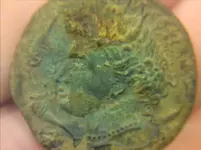
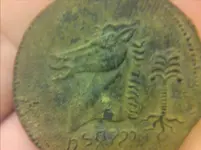
 I am referring to only the dangling root coins as being the same die IMO.
I am referring to only the dangling root coins as being the same die IMO.
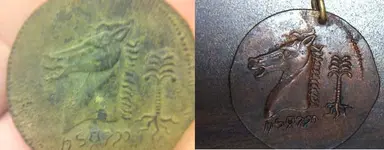
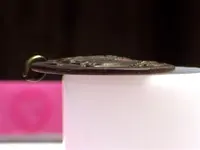
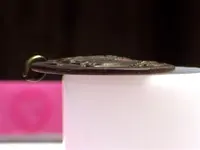
 I don't have the terminology straight to discuss this properly. I would have to assume the very earliest coins were cast (molten metal poured into a mold)....no?
I don't have the terminology straight to discuss this properly. I would have to assume the very earliest coins were cast (molten metal poured into a mold)....no?

